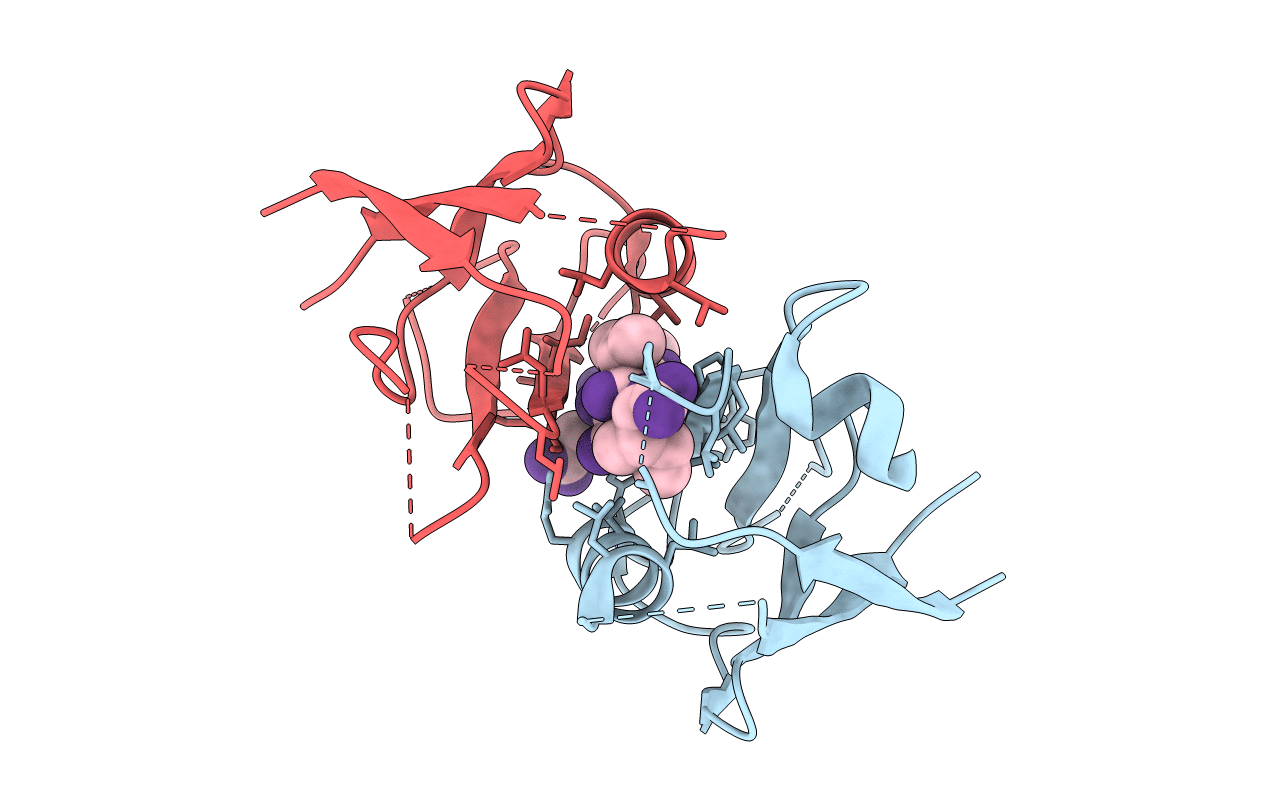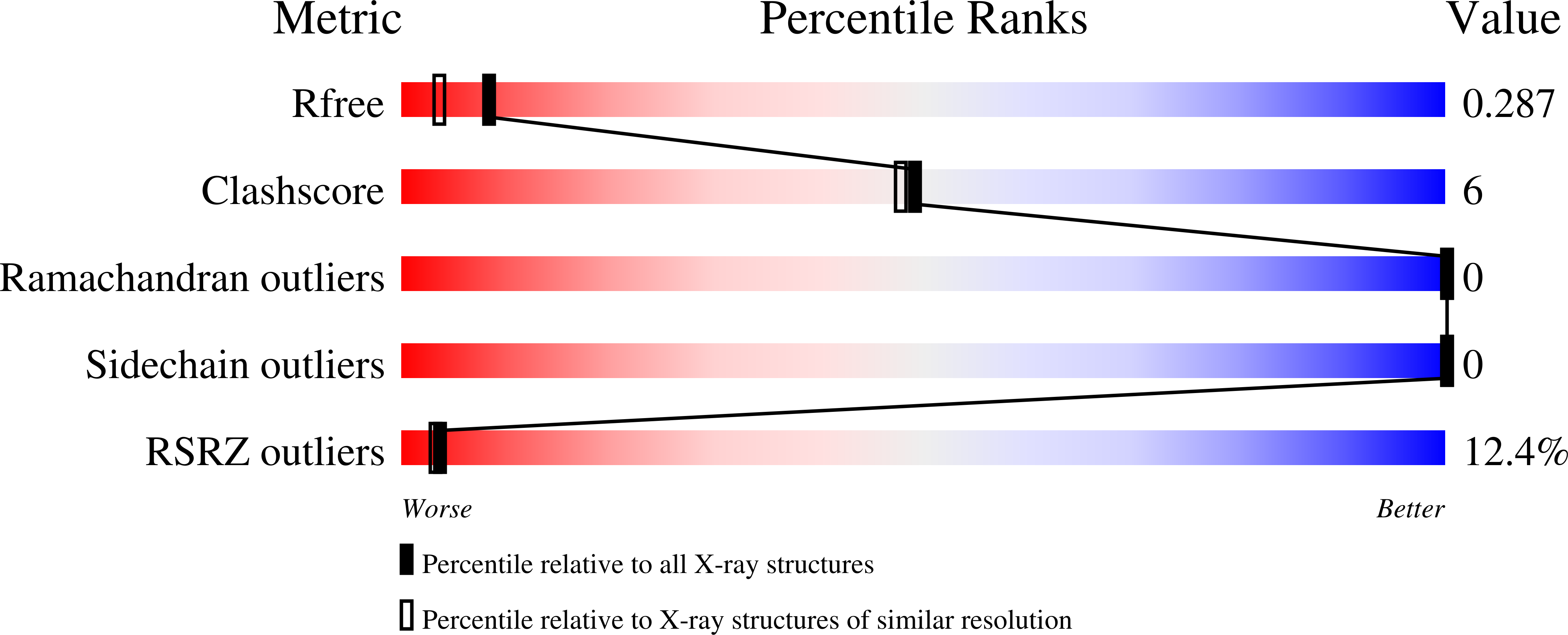
Deposition Date
2022-01-13
Release Date
2022-08-31
Last Version Date
2024-01-31
Entry Detail
PDB ID:
7QSA
Keywords:
Title:
Structural basis on the interaction of Scribble PDZ domains with the Tick Born encephalitis virus (TBEV) NS5 protein
Biological Source:
Source Organism:
Homo sapiens (Taxon ID: 9606)
Tick-borne encephalitis virus (Taxon ID: 11084)
Tick-borne encephalitis virus (Taxon ID: 11084)
Host Organism:
Method Details:
Experimental Method:
Resolution:
2.02 Å
R-Value Free:
0.28
R-Value Work:
0.25
Space Group:
H 3 2


